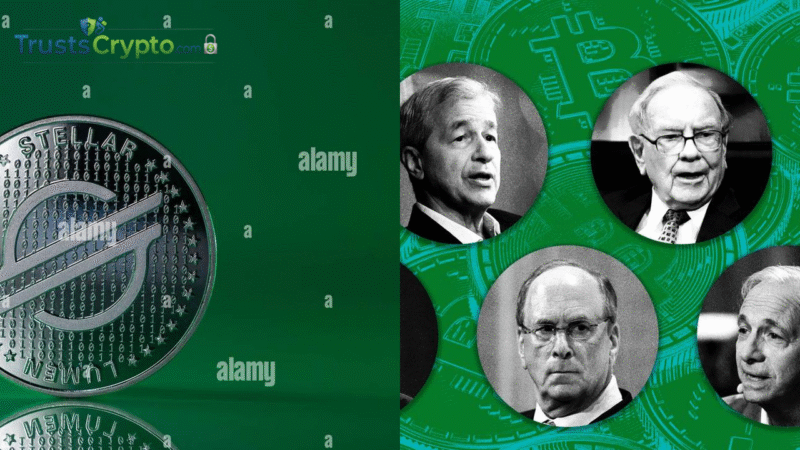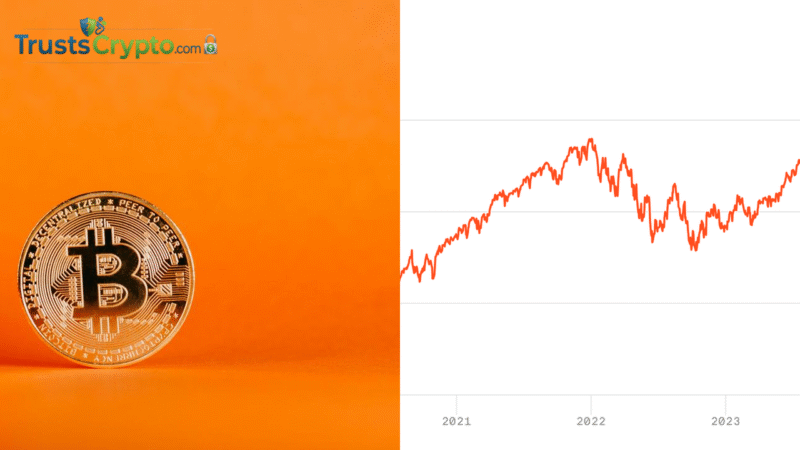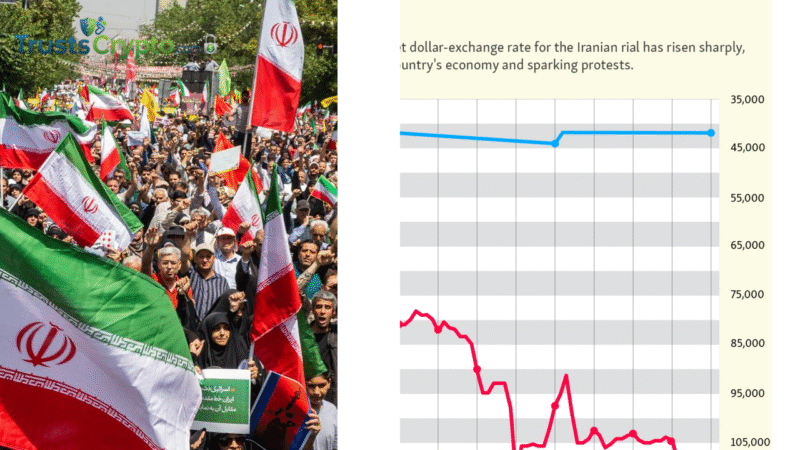Crypto Regulations in 2025: A Global Paradigm Shift

The year 2025 has cemented its place as a pivotal period in the history of digital finance. After years of fragmented approaches and regulatory uncertainty, a new global paradigm of Crypto Regulations is taking shape. This shift is not just about a few new laws; it’s a fundamental move towards a more mature, transparent, and secure crypto ecosystem. The narrative has shifted from a “Wild West” frontier to a market where clear, harmonized rules are becoming the standard. From comprehensive frameworks in Europe to targeted legislation in the United States and evolving standards in Asia, regulators are no longer on the sidelines. They are actively defining the future of digital assets, impacting everything from stablecoins and DeFi to institutional investment.
This article will explore the key pillars of this new regulatory era, examining the major legislative developments and their profound impact on market participants. The convergence of international standards, coupled with a more collaborative approach from national governments, is setting the stage for a period of unprecedented institutional adoption and innovation. For investors, developers, and businesses alike, understanding this new regulatory landscape is no longer optional—it is essential for navigating the future of finance.
The European Union: MiCA and a Unified Front
The European Union’s Markets in Crypto-Assets (MiCA) regulation has long been hailed as a landmark achievement, and 2025 marks its full operationalization. While stablecoin issuers have been subject to the rules since mid-2024, the comprehensive framework now applies to all crypto-asset service providers (CASPs) across the 27 EU member states and the broader European Economic Area (EEA).
MiCA’s impact is multifaceted. It provides a single, unified passporting regime, meaning that a crypto company authorized in one EU country can operate its services legally across the entire bloc. This eliminates the complex and costly “patchwork” of national licenses that previously hindered cross-border operations. For businesses, this regulatory clarity is a major boon, reducing compliance burdens and fostering a more competitive market. For consumers, it brings a new level of protection, mandating that CASPs adhere to strict requirements for client asset custody, operational transparency, and market integrity.
How MiCA Shapes the Market
The full implementation of MiCA brings new and stringent rules for crypto-asset service providers. Entities operating trading platforms, offering crypto custody, or providing exchange services are now subject to enhanced prudential and conduct of business requirements. The regulation also introduces specific rules to combat market abuse, requiring firms to implement sophisticated surveillance systems to detect insider trading and price manipulation. The European Securities and Markets Authority (ESMA) has been actively publishing guidelines to ensure these new rules are enforced consistently, creating a level playing field for both traditional finance and crypto-native firms. This wave of Crypto Regulations is designed to instill confidence and encourage risk-averse institutional players to enter the market.
The United States: From Enforcement to Legislation
For years, the U.S. crypto market was defined by “regulation by enforcement,” with the Securities and Exchange Commission (SEC) taking the lead on a series of high-profile legal battles. However, 2025 has ushered in a significant shift. Following a change in political leadership and a growing bipartisan consensus, the U.S. has seen the passage of several key pieces of digital asset legislation, bringing much-needed clarity.
A major breakthrough has been the passage of stablecoin-specific legislation, such as the Guiding and Establishing National Innovation for U.S. Stablecoins (GENIUS) Act. This law formally defines “payment stablecoins” and establishes a comprehensive framework for their regulation. It mandates a 100% reserve backing in high-quality liquid assets, imposes strict public disclosure requirements, and grants stablecoin holders priority claims on reserves in the event of an issuer’s insolvency. This legislation not only protects consumers but also solidifies the U.S. dollar’s dominance in the digital economy, enabling dollar-backed stablecoins to integrate with mainstream payment systems.
Navigating the Regulatory Shift
Beyond stablecoins, new leadership at the SEC and the Commodity Futures Trading Commission (CFTC) has led to a more collaborative approach. The SEC has a new digital assets framework and has even approved in-kind creation and redemption for certain crypto exchange-traded products (ETPs), making them more efficient and attractive to institutional investors. This shift from an adversarial stance to one of collaboration is a game-changer, providing a clear pathway for innovation while maintaining robust investor protection. The ongoing debate and legislative action surrounding Crypto Regulations are no longer just about preventing bad actors; they are about fostering a secure and competitive environment.
Global Convergence and the G20 Framework
The impact of MiCA and the new U.S. frameworks extends far beyond their respective borders. The global nature of crypto necessitates international cooperation, and 2025 has seen accelerated efforts by global bodies like the G20’s Financial Stability Board (FSB) and the Financial Action Task Force (FATF).
The FSB’s roadmap for regulating crypto-assets is gaining traction, with a majority of its members on track to align their national frameworks with its recommendations by the end of 2025. This coordinated approach seeks to mitigate systemic risks and prevent regulatory arbitrage, where businesses move to jurisdictions with weaker laws. The FATF continues to push for the widespread implementation of its “Travel Rule,” which requires crypto service providers to share information on the originators and beneficiaries of transfers, bringing crypto transactions in line with traditional banking standards for anti-money laundering (AML) and counter-terrorist financing (CTF).
The Impact on Decentralized Finance (DeFi)
The biggest challenge in the new era of Crypto Regulations is arguably how to apply traditional rules to decentralized, non-custodial protocols. Regulators are grappling with this issue, with a growing consensus on a “same risk, same rule” approach. While the core philosophy of DeFi—code as law—remains, certain activities and entities within the ecosystem are now under greater scrutiny. For example, protocols that rely on centralized interfaces or have identifiable teams are being pushed to comply with existing AML and KYC laws.
The key trend for DeFi in 2025 is a move towards “progressive decentralization” that incorporates regulatory-compliant features. Projects are exploring on-chain identity solutions and technical tools that can satisfy AML requirements without compromising user privacy. The new regulatory environment, far from stifling innovation, is forcing developers to build more robust and secure protocols. This maturation of the DeFi space is making it more appealing to institutional capital, which requires a degree of regulatory certainty before entering. The future of DeFi will likely be a hybrid model, blending decentralized core functionality with compliant on-ramps and user interfaces.
Taxation and Global Reporting Standards
Beyond trading and operational rules, Crypto Regulations are also profoundly impacting how digital assets are taxed. The Organisation for Economic Co-operation and Development (OECD) is pushing for its Crypto-Asset Reporting Framework (CARF) to be adopted globally. CARF is a new international standard for the automatic exchange of information on crypto-assets between tax authorities. As more jurisdictions implement CARF, it will become increasingly difficult for individuals and businesses to evade taxes on their crypto holdings and activities. This transparency will not only increase government revenue but also further legitimize digital assets as a taxable asset class.
Stay informed, read the latest news right now!
The year 2025 is not just about new rules; it’s about the integration of crypto into the global financial system. The clear and comprehensive Crypto Regulations coming into effect are paving the way for unprecedented institutional investment, fostering consumer trust, and ensuring the long-term sustainability of the industry. The era of regulatory ambiguity is giving way to a new paradigm of clarity and responsibility, signaling a new chapter for digital finance.






